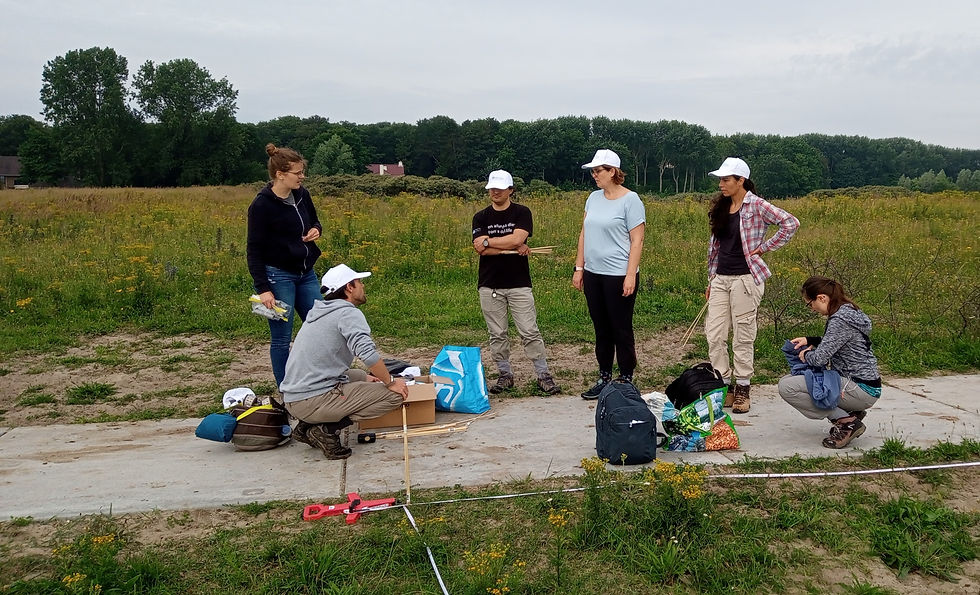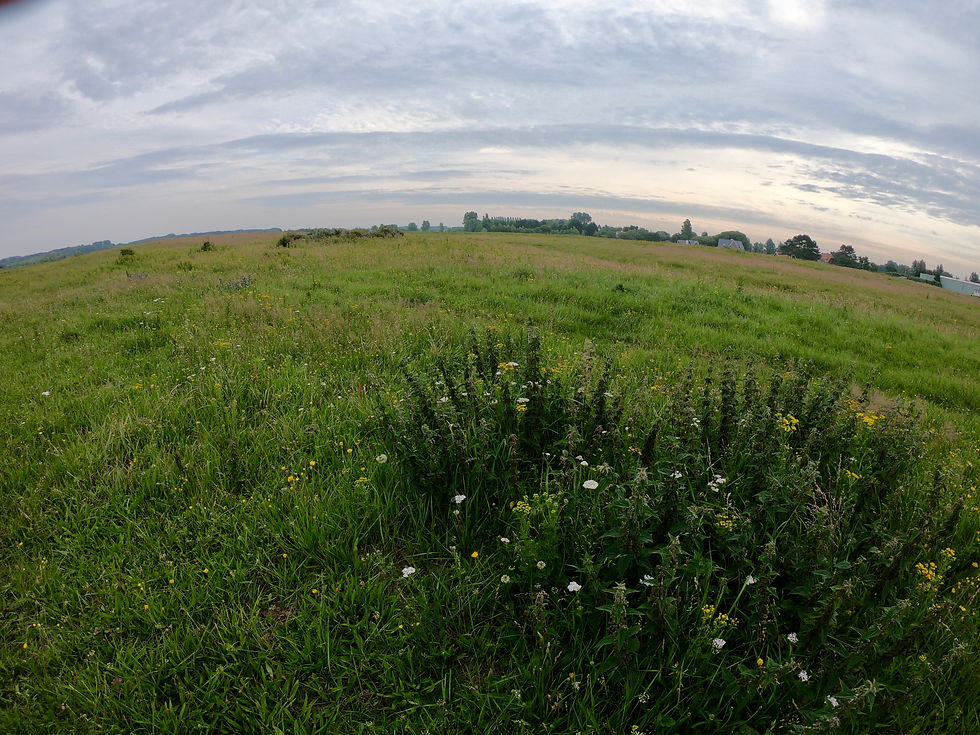Pilot 2: getting the soil samples right
- communicatie53
- Jul 19, 2021
- 1 min read

On an early Monday morning a team of biodiversity experts gather in the fields of Wassenaar. Naturalis Biodiversity Center, the University of Amsterdam, The Leiden University of applied sciences and Westerdijk Fungal Biodiversity Institute join forces in the research on the composition of the soil of the dune area. Their aim is to research the biodiversity of the ground by means of biodiversity samples, as part of ARISE.
ARISE partnership
Today’s field trip should help determine how much research is needed before achieving good samples. They tested a park near Leiden earlier, and now the second pilot is held in the Lentevreugd nature area near Wassenaar. The results will show how much fungi they find in the soil and how they can build up their future soil research. Vincent Merckx, biogeography researcher at Naturalis, explains: “Fungi don’t always grow mushrooms. So we have to research the soil to obtain the right biodiversity results”. Read our earlier blog about fungal diversity.
Method

The researchers are led by Elza Duim, head of the Naturalis laboratories. They start signaling some parts of the terrain in spaces of 100 by 100 meters. From every research part they calculate the quantity of fungi in the earth per cubic meter. The sampling is done with tubes where the researchers store the extracted soil. Later on, in the laboratories the DNA will be extracted from the samples, providing us with both genetic material and pieces of fungi. Naturalis and Westerdijk subdivide the material. Naturalis focuses on researching the soil DNA, and Westerdijk will grow fungal colonies. The final results will not only benefit ARISE, but also help the researchers in predicting environmental changes.




Comments